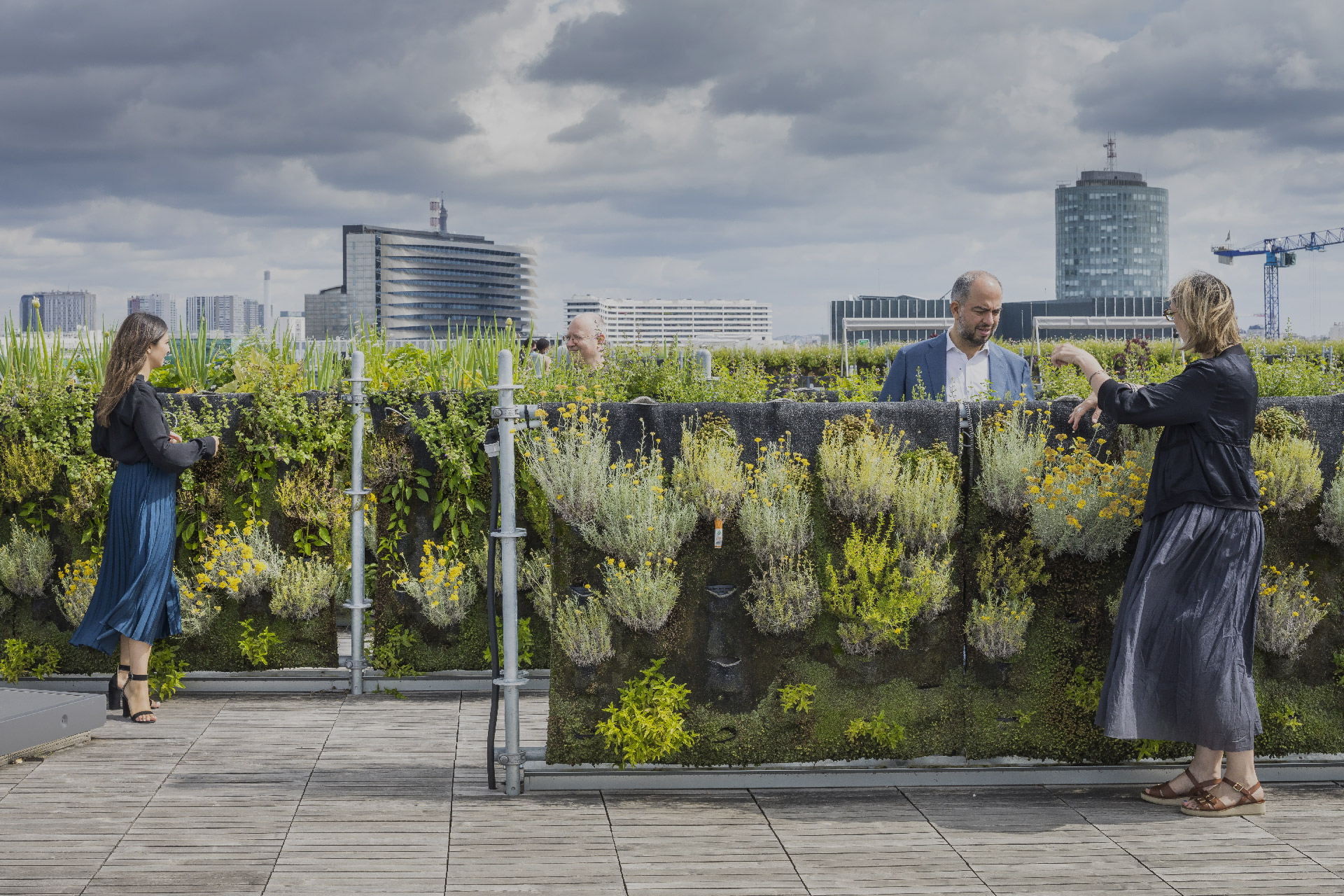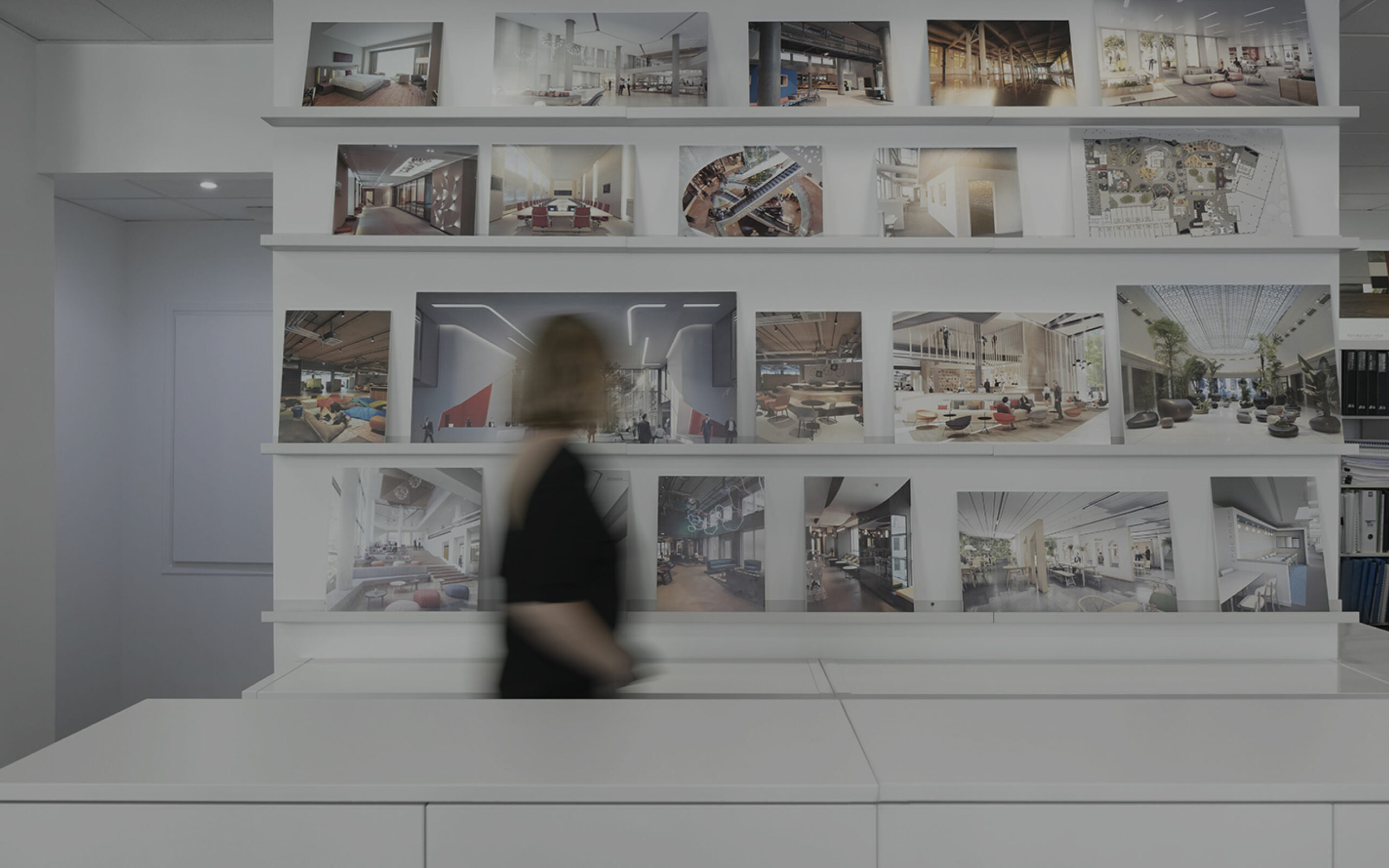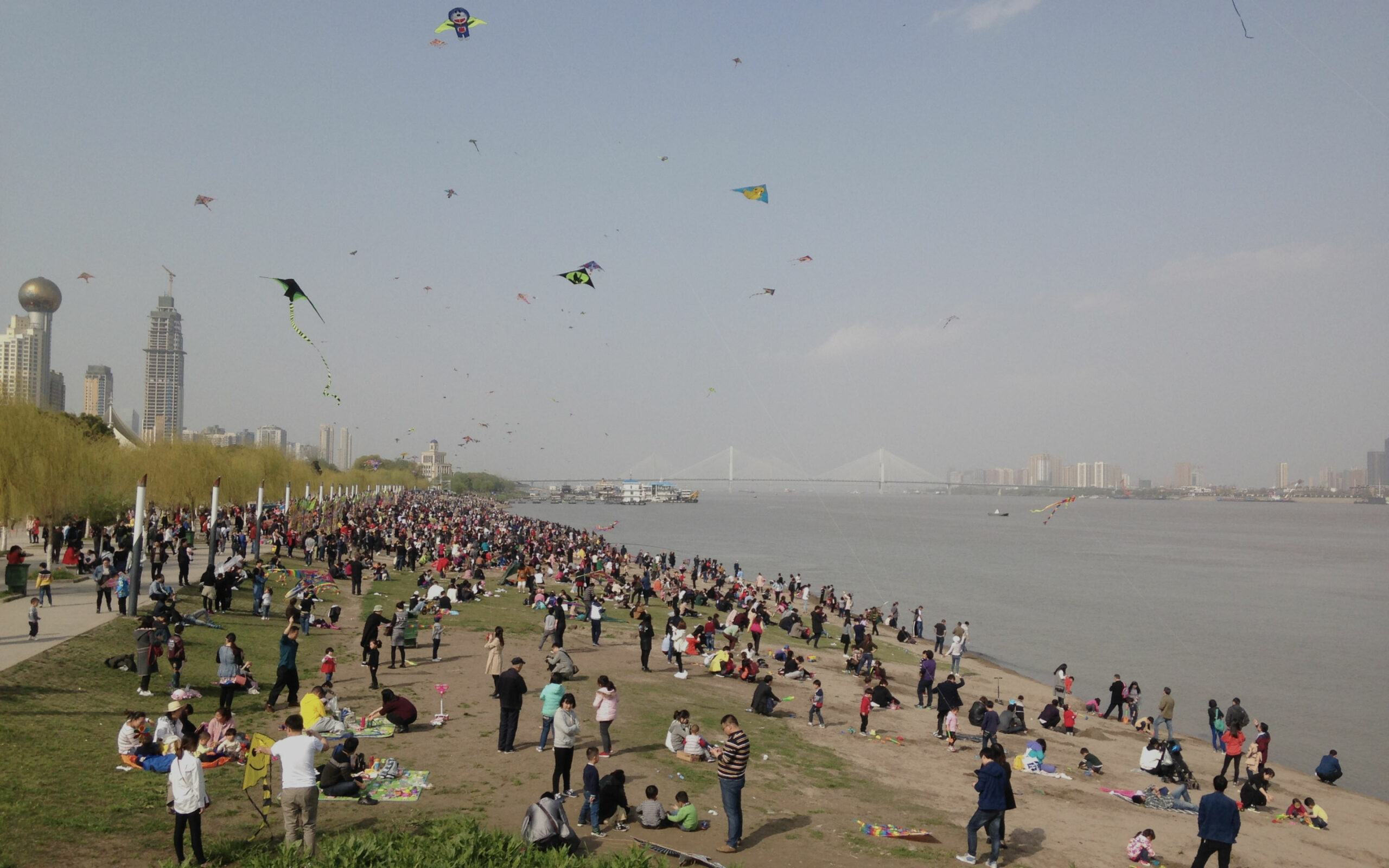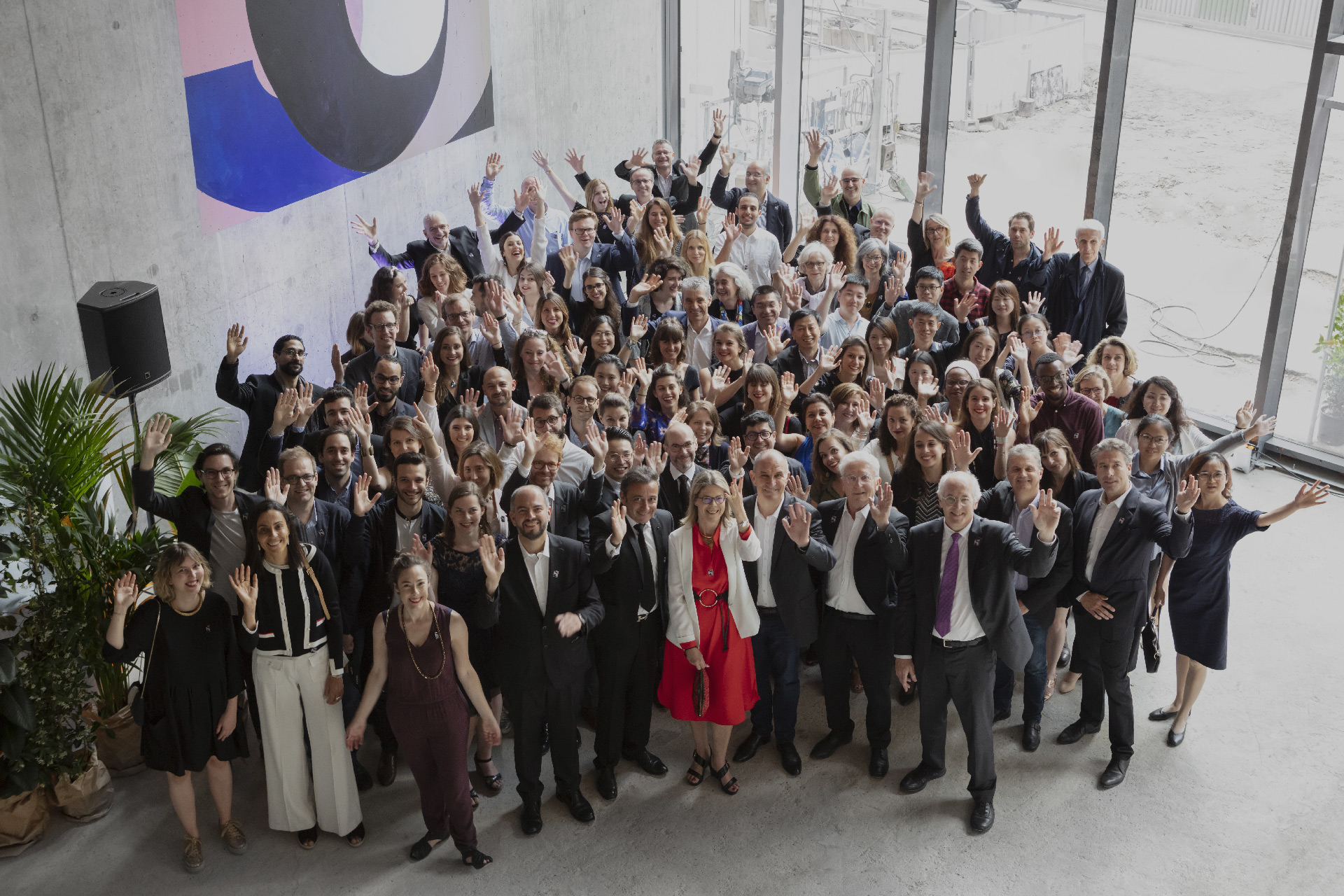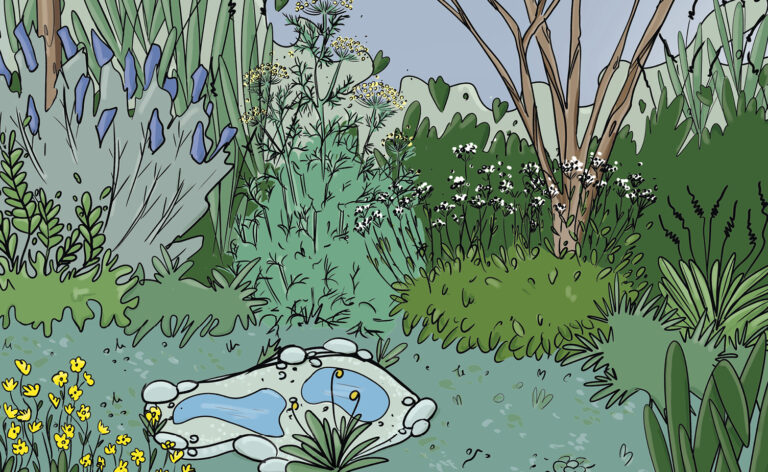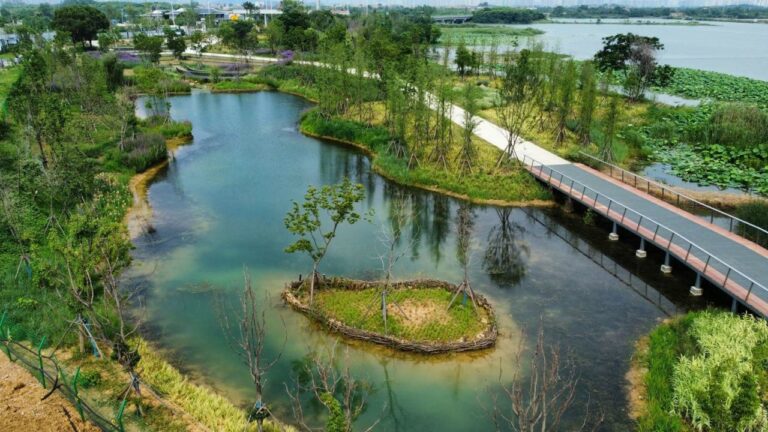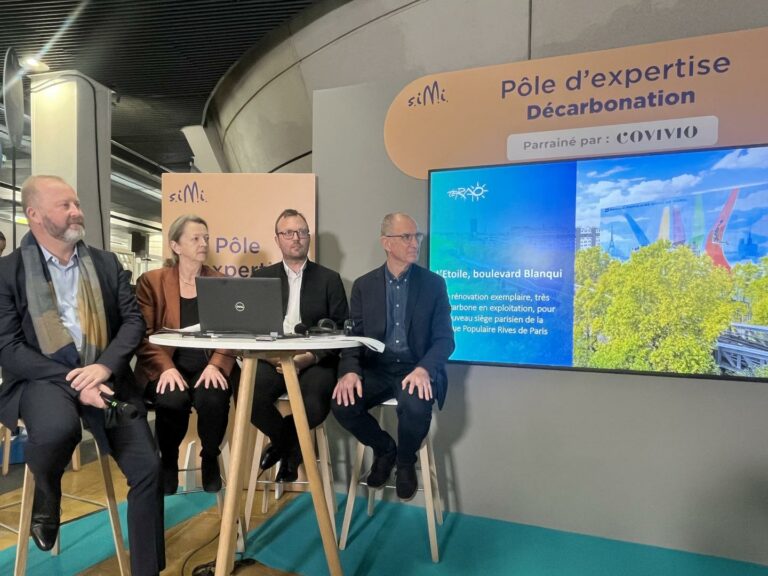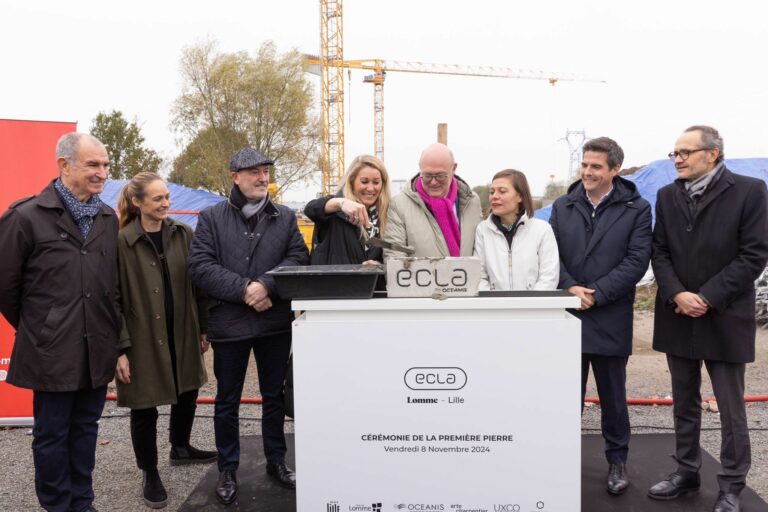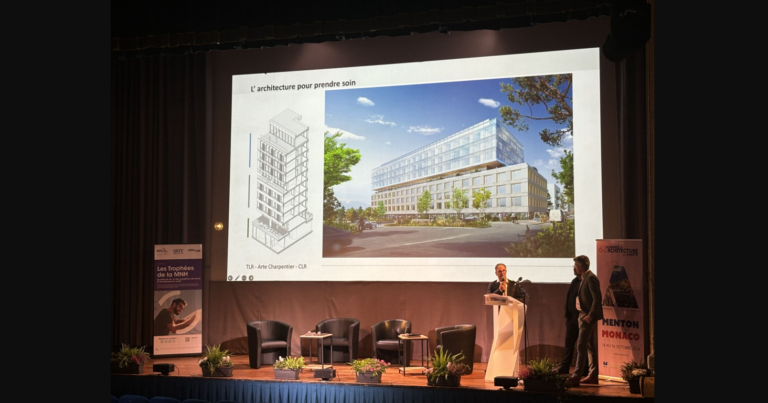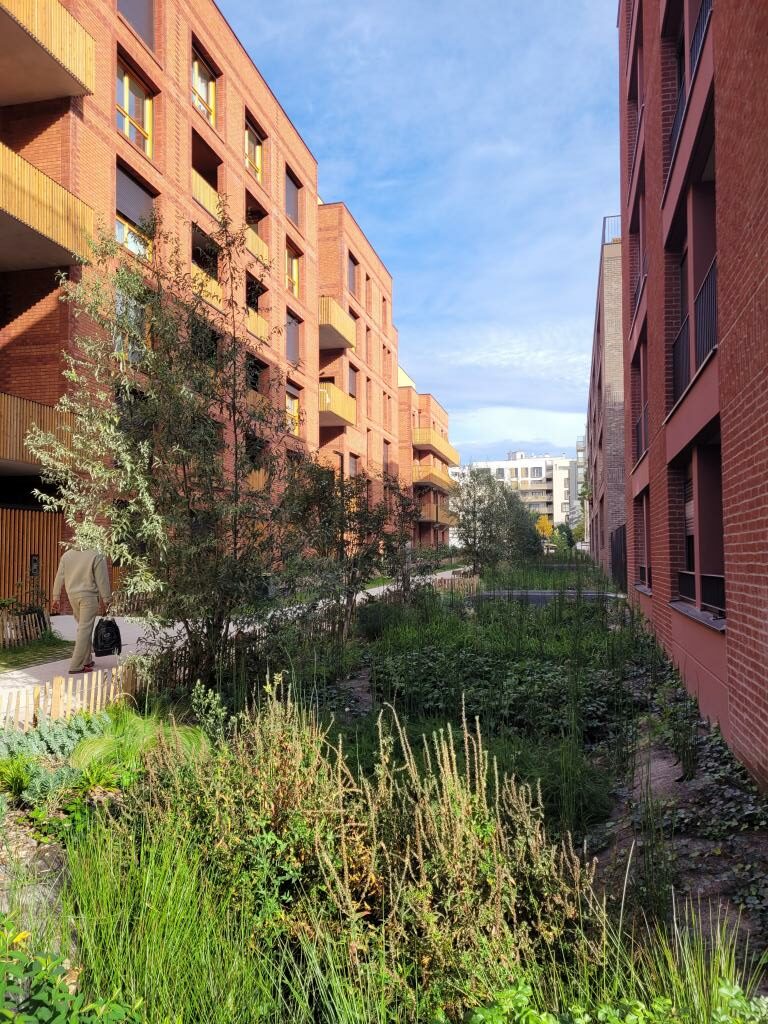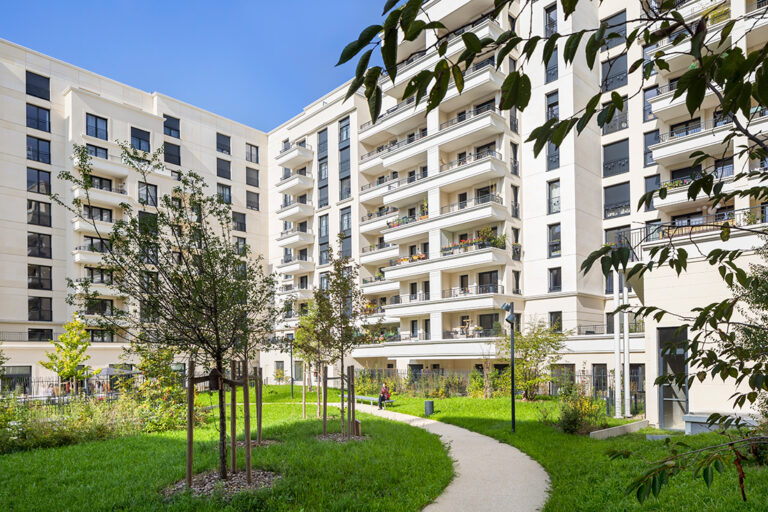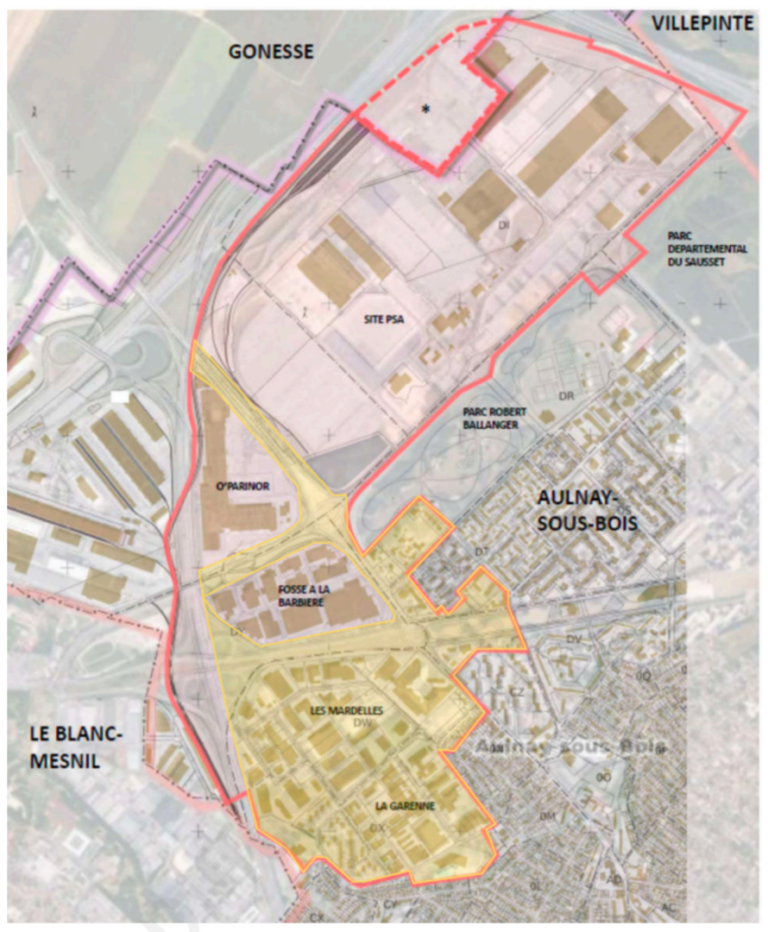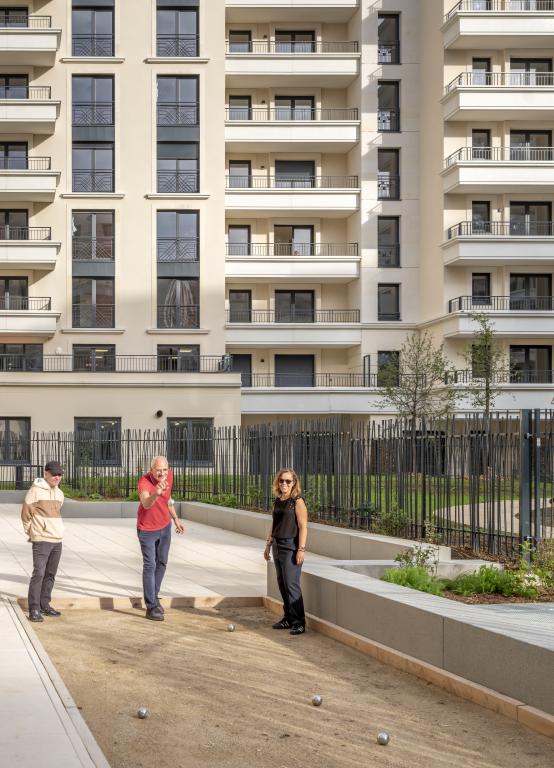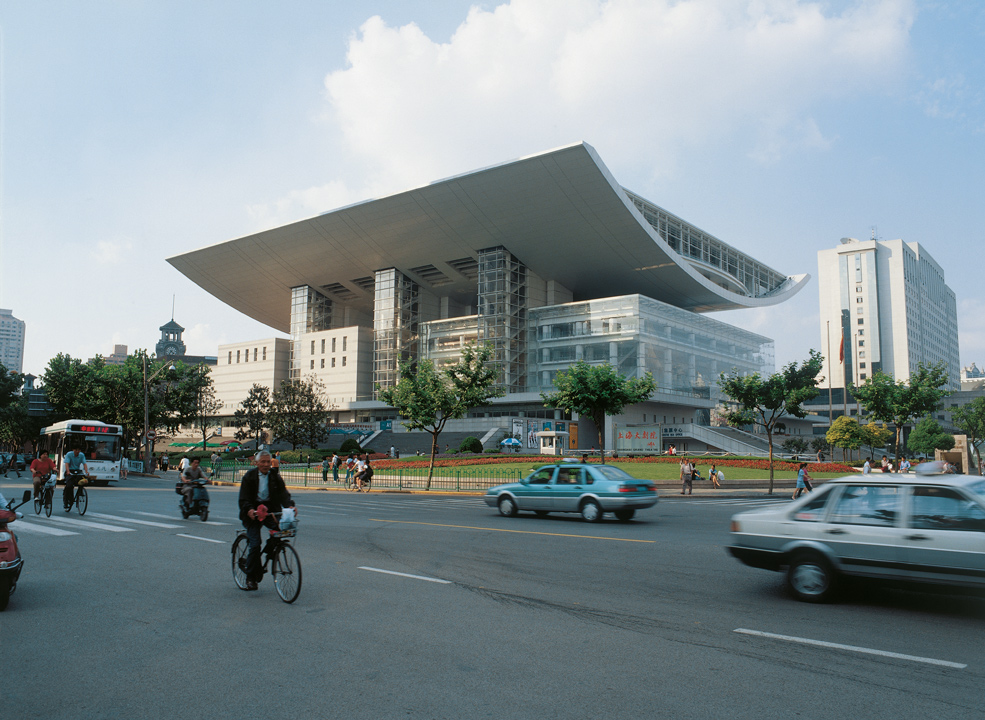
A Chinese and Western architectural sonata at the turn of the century
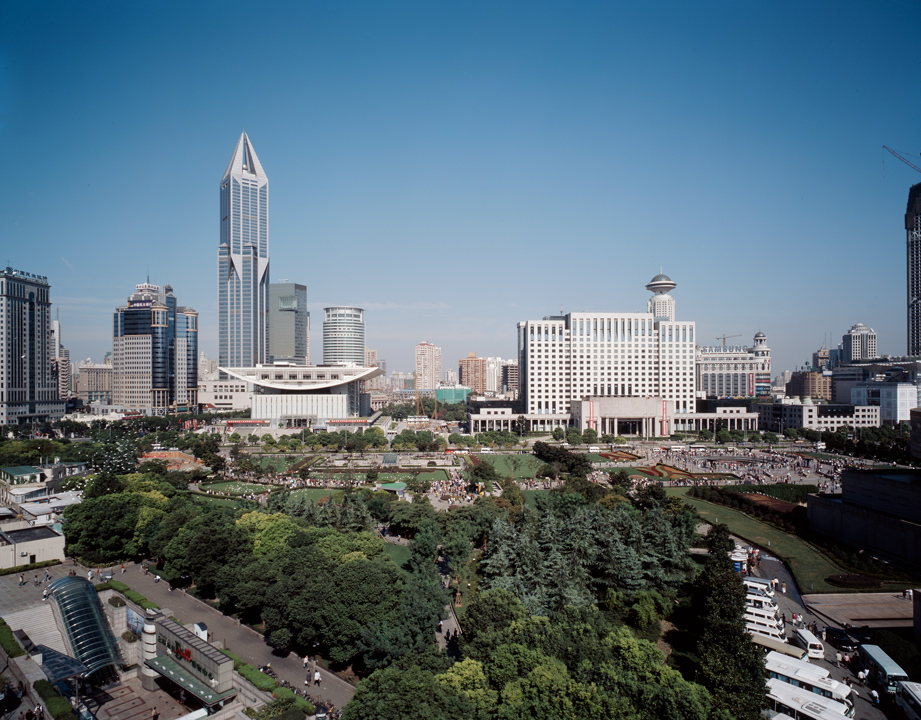
It was the first Western theatre in the history of Chinese architecture. It was also one of the first international tender projects for architectural design after the reform and opening up of China. The weight of the steel used on its roof is almost equal to that of the Eiffel Tower. The “steel-framed glass curtain-wall” appeared for the first time in cultural buildings…
This was Arte Charpentier’s first iconic construction project in China – the Shanghai Grand Theatre.
On August 27th, 1998, it was officially inaugurated with a performance of the “Swan Lake” ballet. Today, it celebrates its 24th anniversary. Arte Charpentier presents a retrospective of the behind-the-scenes of the construction of this historic masterpiece which combines China and the West and links ancient and modern elements.
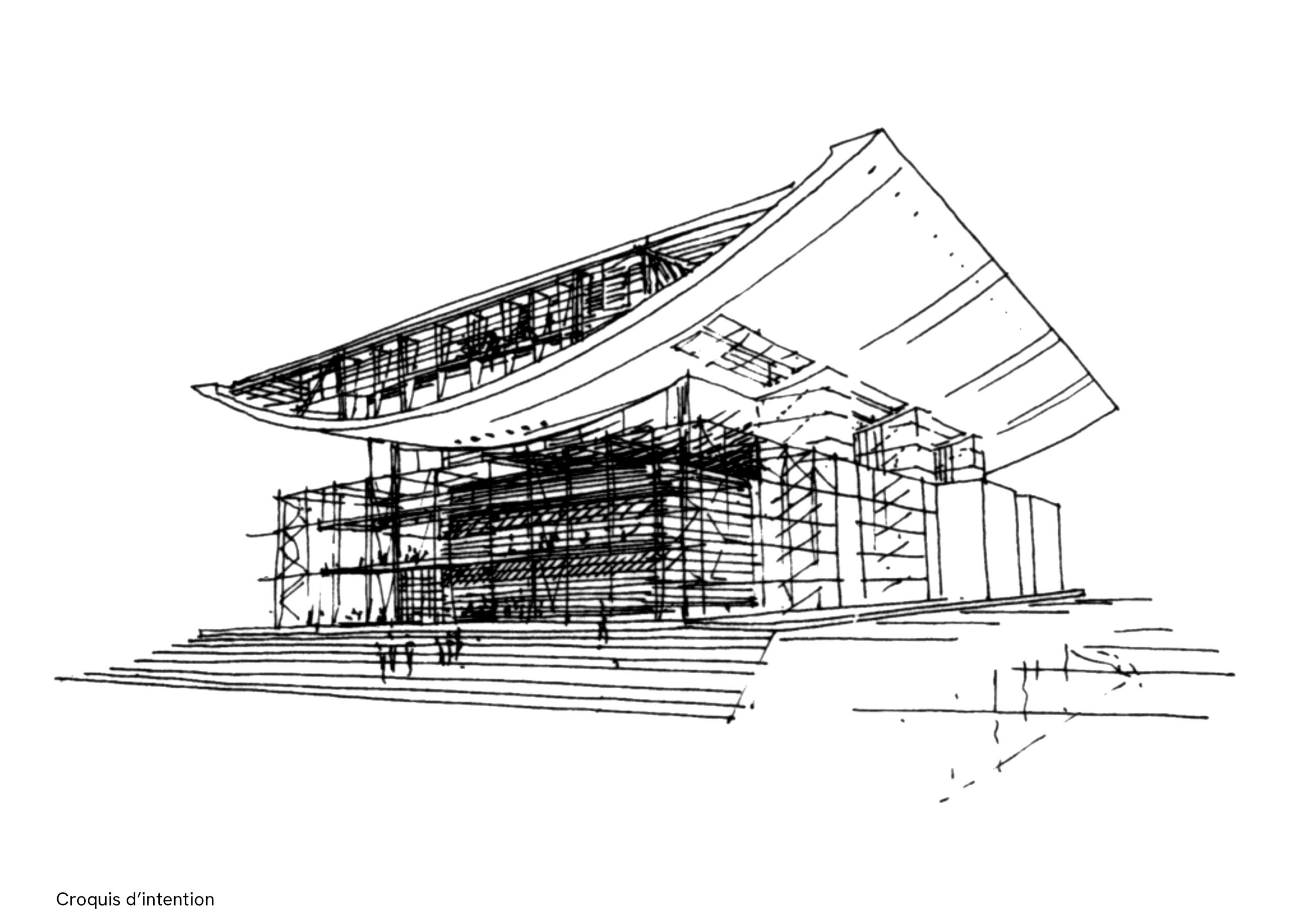
Client: Shanghai City Hall
Mission: Architectural design
Location: Shanghai, China
Date: 1998
Surface area: 55 000 ㎡
A cultural heritage
The spirit of the city
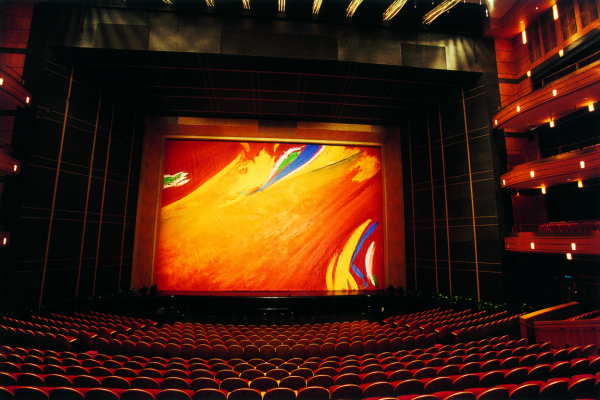
The stage of the Grand Shanghai Theatre
In the early 1990s, Shanghai experienced a new wave of urban development. In 1993, the Grand Theatre was identified as an important component of the People’s Square renovation project. In 1994, an international competition was opened to architects from all over the world. In May of the same year, Arte Charpentier won the competition, selected from amongst 15 international architectural firms for its profound interpretation of the culture, the history, the time and the city. A new chapter opened up in the history of Chinese architecture.

The Shanghai Grand Theatre, at the centre of the history of the city of Shanghai
Adjacent to the Shanghai People’s Government Building and the Shanghai Museum, the Grand Theatre was designed to be solemn and majestic. “Located on such an important site, its design had to have an emblematic character,” remembers Andrew Hobson, associate architect at Arte Charpentier. “Inspired by the singing scene of the Yuyuan Garden, we mapped out the contours of the Shanghai Grand Theatre using a large roof, distinctive columns and an open theatre structure.”

The inverted shape of the roof is one of the emblematic concepts of the Grand Theatre
The Shanghai Grand Theatre inherited not only the shape of the pavilions of Chinese architecture, but also the spirit of Chinese culture. The white inverted arches on both sides of the roof symbolise the saying that the sky is round and the earth is square; the architectural shape of Jiugongge not only pays homage to the Kyushu order of the “Rites of Zhou”, but also suggests the metaphor of Shanghai’s tolerance, which opens up to the world and accepts it.
The fusion of China and the West
A pioneer for its time
For such an emblematic building that was totally unprecedented in history, rather than focusing solely on classical architecture, Arte Charpentier chose to interpret it using a modern architectural expression, including the most advanced concepts and avant-garde technologies in the world at the time. It was designed with the participation of the East China Architectural Design & Research Institute, which brings together the world’s leading experts in the fields of acoustics, staging and lighting.
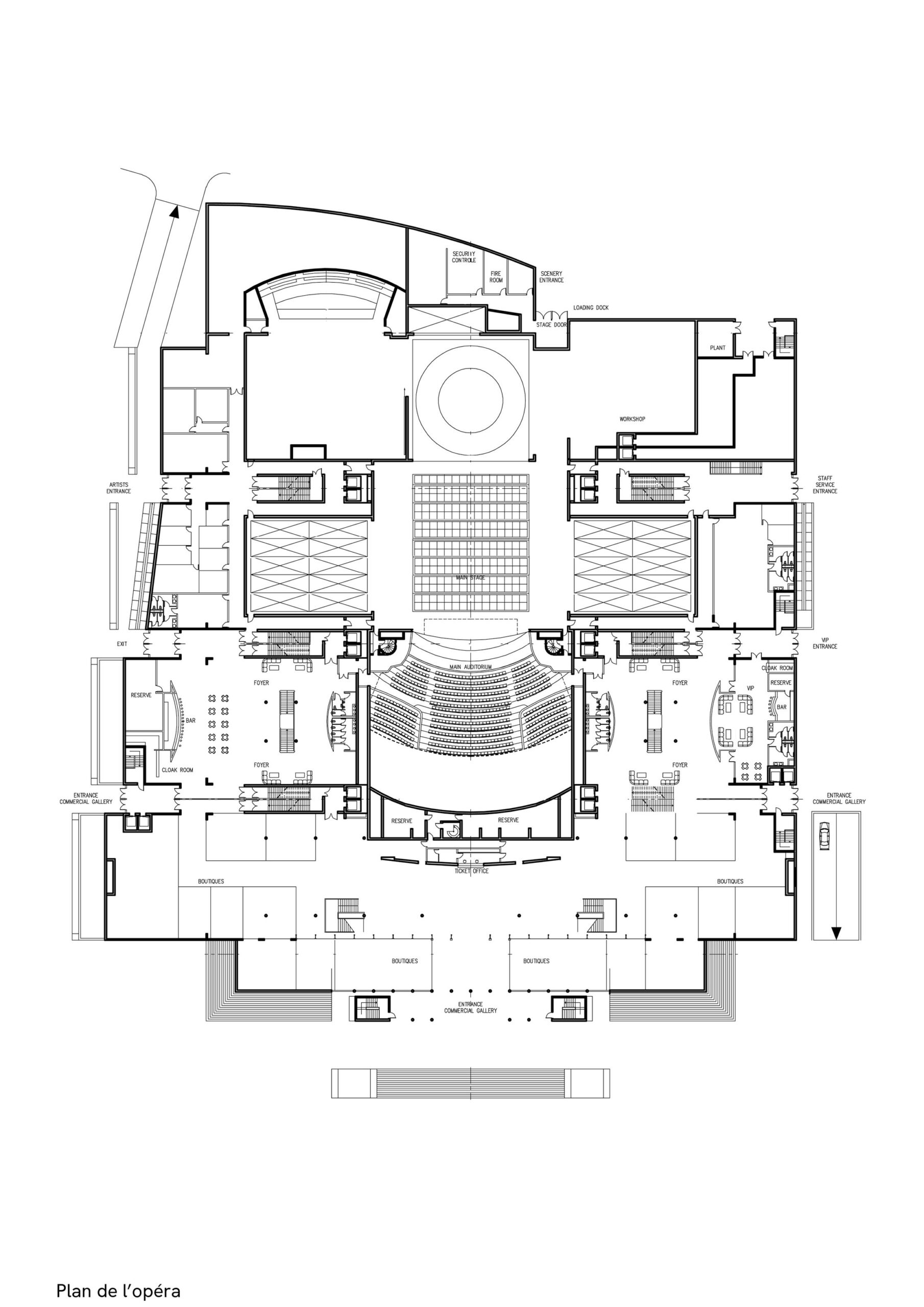
Shanghai is located in the alluvial plain of the Yangtze River delta, whose stability is affected by a large number of sedimentary rocks. For the construction, Arte Charpentier first laid dense foundation piles at a depth of 50 to 75 metres under the waterproof layer, then surrounded them with reinforced concrete walls of a thickness of 3 metres and a height of several metres, with solid posts to guarantee the safety of the building.
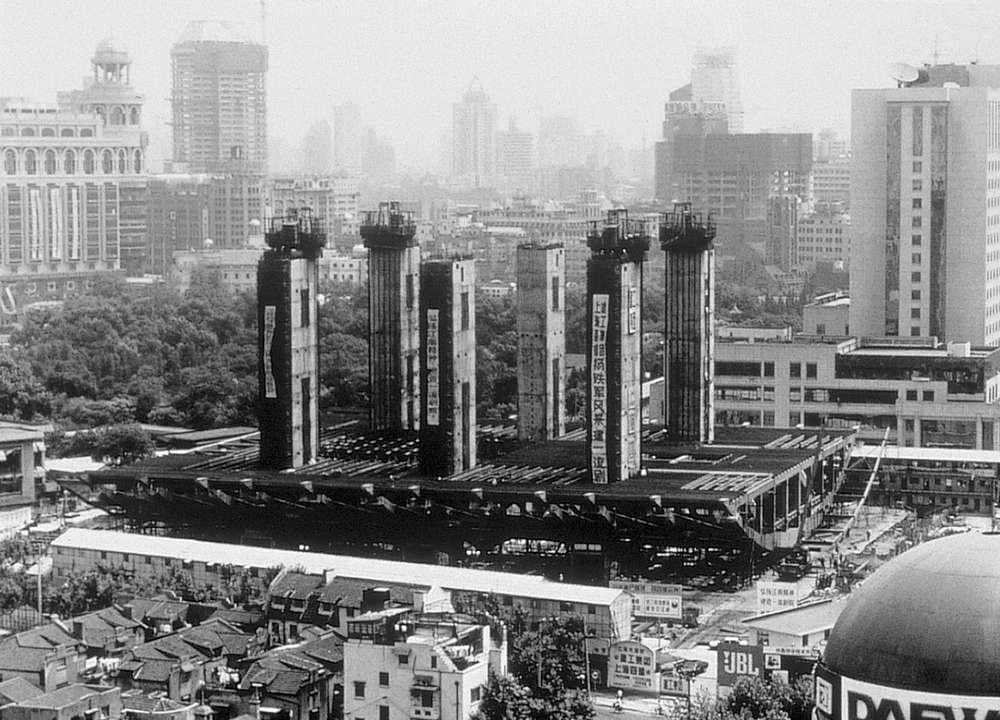
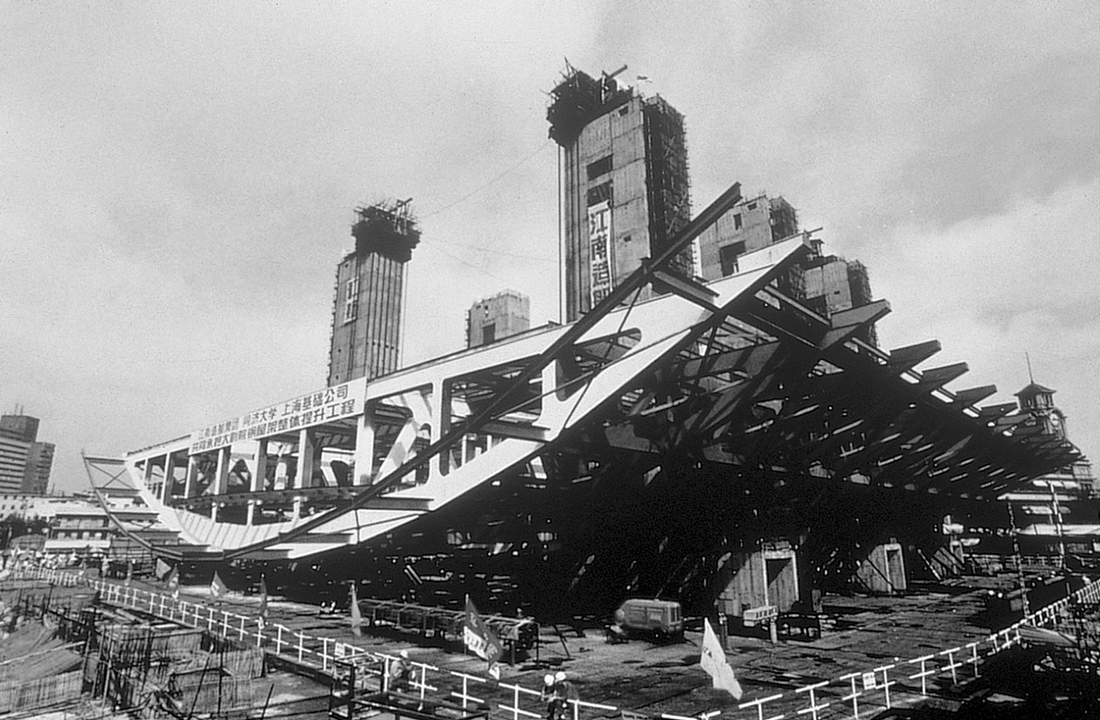
The ship-shaped roof, manufactured by Jiangnan Shipyard
Compared to the reinforcement of the foundations, the construction of the roof was even more spectacular. After carrying out all the feasibility studies, Arte Charpentier chose the “heaviest” plan: a ship-shaped roof manufactured by Jiangnan Shipyard. Its steel frame, weighing 7,000 tons (almost the weight of the Eiffel Tower), was lifted 40 metres high by a jack.

The light and spacious entrance hall with spectacular views
Moreover, in order to allow audiences to have a better view and to appreciate the six chandeliers made of Austrian crystal in the shape of a pan flute suspended from the ceiling of the entrance hall, Arte Charpentier had to dismantle the lattice structure in the original design and used the suspension support system, a world leader at the time – the “steel-framed glass curtain-wall,” which made it possible for the theatre to appear hazy by day and transparent like a crystal palace in the lights at night. The Shanghai Grand Theatre thereby became the first cultural building to use this technology.
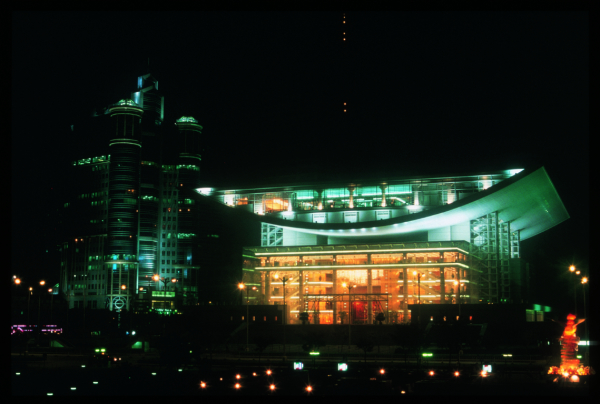
The Shanghai Grand Theatre is transparent at night
In just four years, this cultural monument combining the architectural wisdom of China and the West, as well as the sweat and enthusiasm of thousands of people, was completed as planned. Since then, it has stood in the centre of the city, becoming one of Shanghai’s pilgrimage sites for the new century. In 2019, it was also selected as one of the “Top Ten New Landmark Buildings in Shanghai”.
Q&A
with Andrew Hobson, associate architect / Arte Charpentier
What is the story behind the huge stage curtain at the Shanghai Grand Theatre?
Jean-Marie Charpentier, the founder of Arte Charpentier, and I went to the Parisian studio of the French master of abstract expressionism, Olivier Debré. He started with small sketches to design the curtain of the theatre. Later, the artist came in person to Shanghai and implemented his sketch by making a huge stage curtain. I’ll never forget the stage.
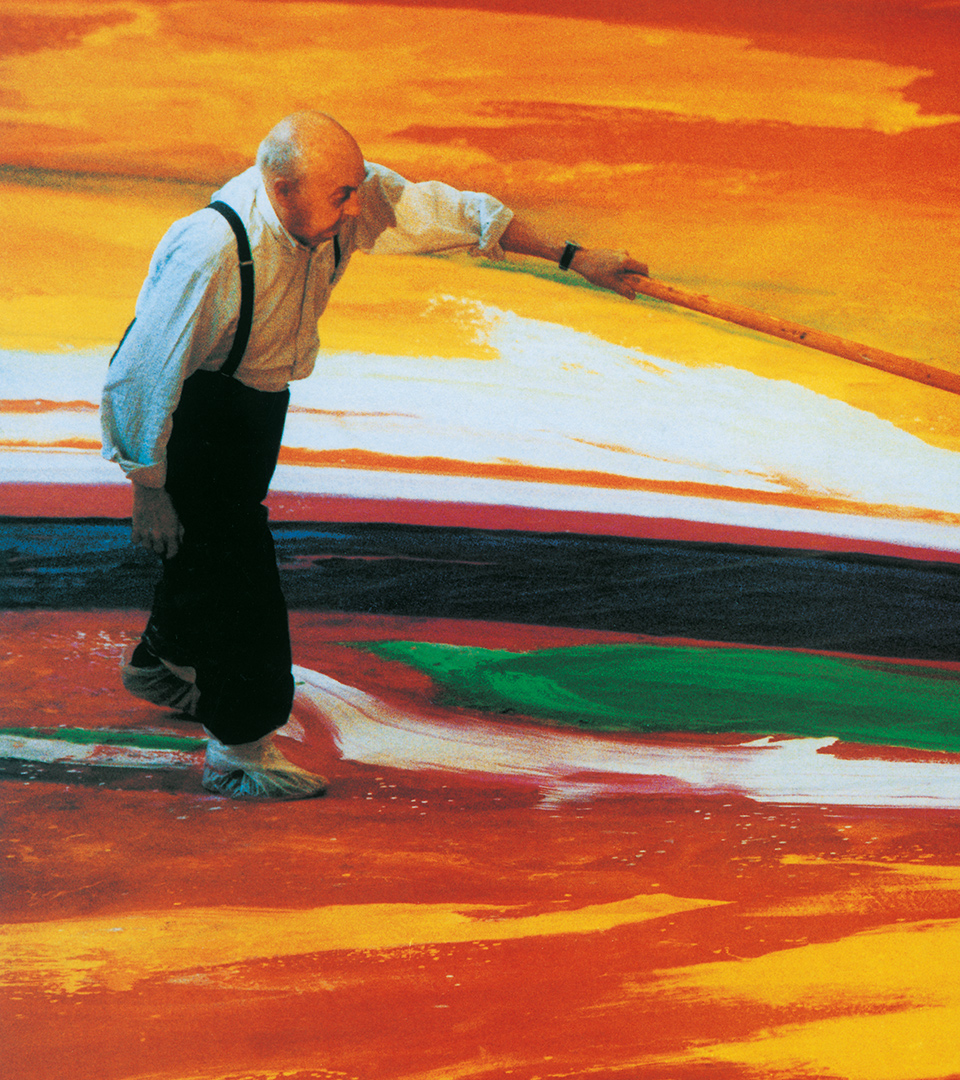
Creation of a huge stage curtain for the Shanghai Grand Theatre by Olivier Debré
How did you feel at the opening?
In 1994, I came to China with just a toothbrush and I remembered these four unforgettable years with my partners. When the elegant music of “Swan Dance” rang out, I was not sitting in the audience, but on the side of the stage with the actors, looking back on the past.
What were the most memorable moments of these four years for you?
What impressed me the most were the Chinese friends and construction partners who fought alongside us. Whether they were owners, engineers or architects, they almost all had their offices on the project site. It was a unique journey into a life where people are like a family and overcome difficulties together.
